Part 2
Underwater lighting provides boaters with an entertaining spectacle at anchor or underway, often changing colors and synced with music. It can also offer additional security at night as well as an attraction for fish toward the boat. This week we cover the underwater lighting options available to help you decide what underwater lighting is best for your boat.
To answer customers’ questions about the technology, Marine Electronics Journal turned to underwater lighting expert Brian Rogers. Much of the information should be of interest to boaters who are planning to have underwater lights installed in their current boats—or in their next ride. Below Brian discusses sorting through optical and electrical choices along with the importance of selecting the right lighting controller. Last week he talked about light fixture materials—bronze, stainless steel, aluminum and plastic—and mounting basics.
By Brian Rogers
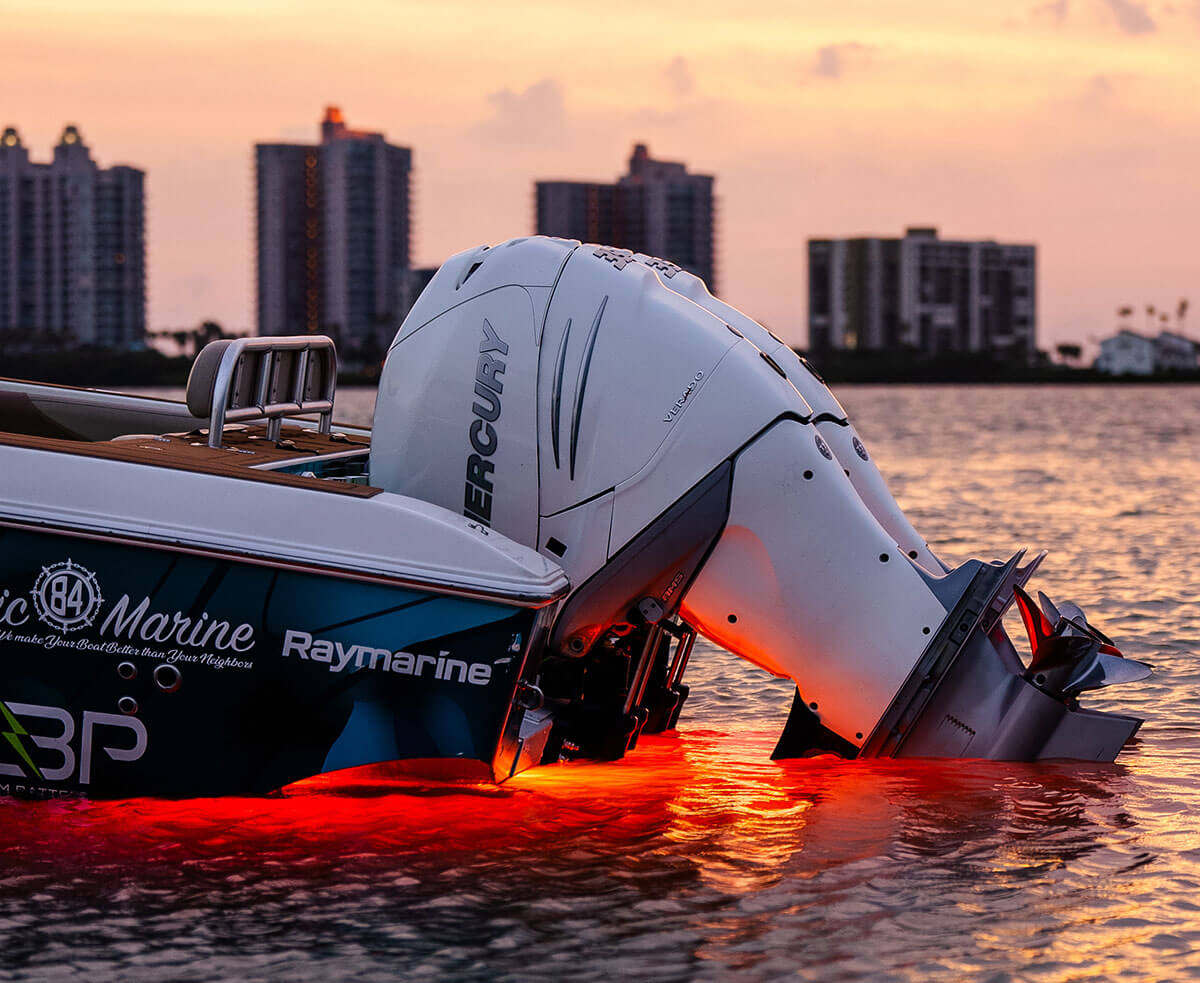
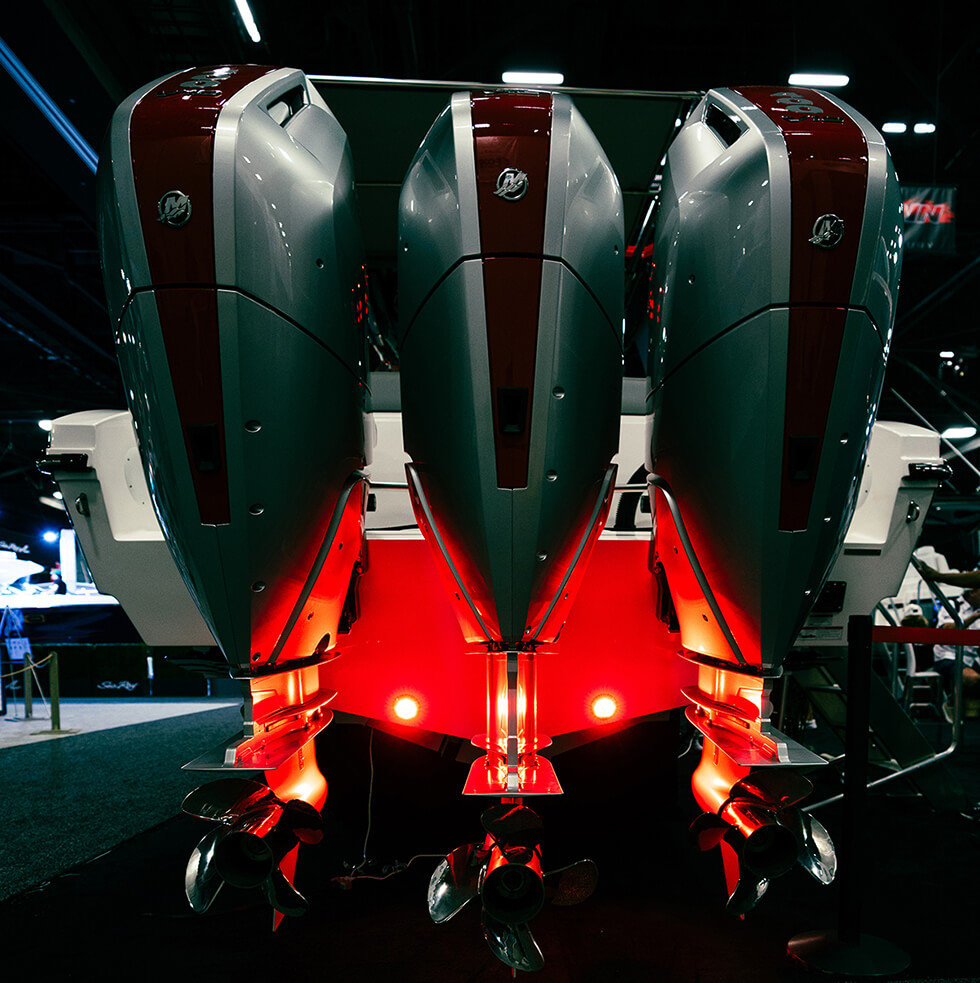
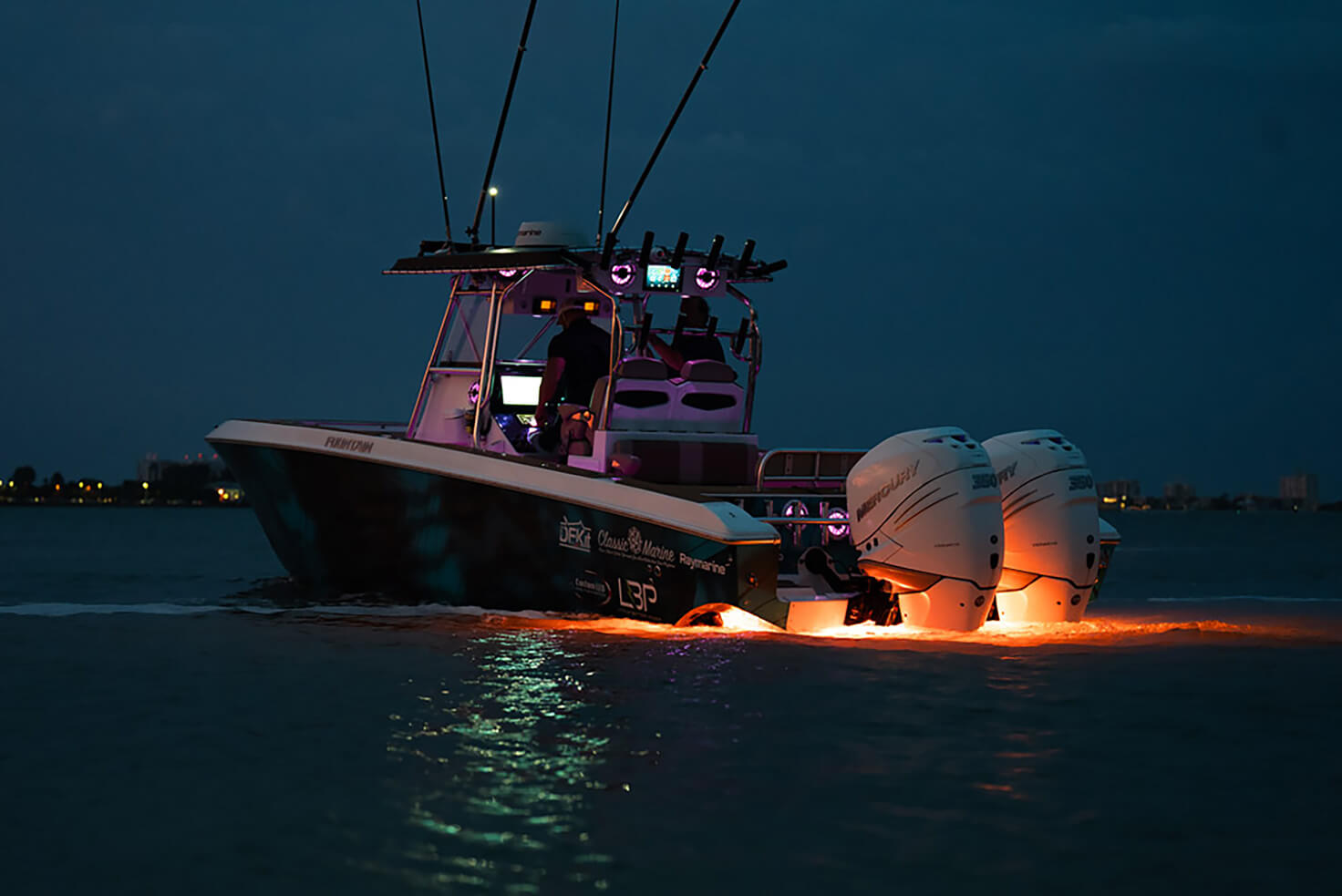
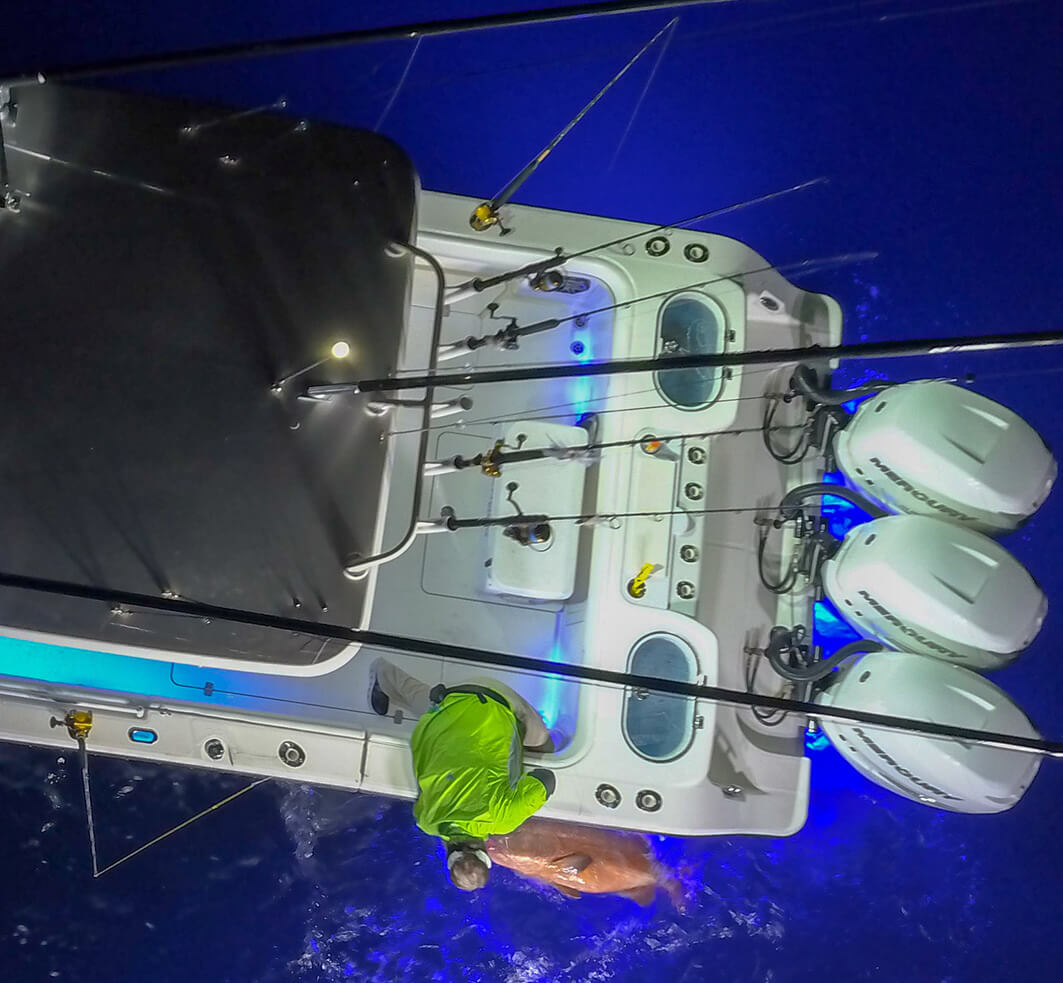
Lenses
Some manufacturers add lenses or other types of focusing optics to their underwater lights to shape the light from the LEDs and reduce the overall angle of light emitting from the fixture. This is the same idea as specifying a “spot” versus a “flood” pattern when buying a light bulb at the hardware store. When water is exceptionally clear, this focusing has a nice effect. The reality is that generally water has particulates that cause light scattering so that any lensing function falls apart quickly. There are also a few designs out there that use giant lenses that extend to the outside of the light to focus. Unfortunately, once submersed in water, the lens function falls apart due to the similarities in index of refraction in glass and water, and this gigantic glass lens has little or no impact.
Certainly, the fact that we are discussing underwater lights should imply that these lights are emphatically waterproof. However, experience has proven otherwise. Make sure to inspect the quality of construction, and preferably find a product that is even fully potted to allow no chance for water penetration.
Optical and electrical specs
Once you narrow down your search for underwater lights based on mechanical and material issues, there is still the matter of sorting out the appropriate color, or colors, and brightness. Common single color light choices are blue, green, red and white. Some vendors even have multiple blue colors available. As blue is on the ultraviolet end of the visible light spectrum, the lights that dip down further to this end are a little more violet in color and tend not to have as many lumens as a higher wavelength blue. Keep this point in mind if there is a choice offered. Blue/white lights are a popular multi-color option from a lot of manufacturers. Generally, for not a lot more spend, full-color options are available as well. These lights properly installed and implemented will allow you to have all the colors mentioned previously and then some.
The question of brightness is typically answered with the question, “How many lumens is the light?” A lumen is a product of quantitative unit of measure of the total light output and the human eye’s sensitivity to that wavelength of light. The confusing part here is that a blue light of completely the same design and drive power other than the color of LEDs next to a green light in some cases will have approximately 1/10th the lumen rating. The total wattage is the same. It’s just that the sensitivity of the human eye is much less for blue light and continues to decrease as the wavelength goes lower towards ultraviolet colors. This sensitivity curve of the eye is known as the “photopic response.” Therefore, comparing lumen ratings only makes sense when discussing specifications for white light.
Wattage is a better method when comparing single color lights. This is a measure of the maximum electrical power that is coming to the light. Yes, there are differences in efficacy of the LEDs. There are also differences in efficiencies of the power supplies. However, assuming that the power supply is of a switching variety (more on this next) and that the LEDs are of reasonable quality, most LEDs perform at a minimum of 100 lumens of output per watt of input. This would put a 60-watt fixture at roughly 6,000 lumens of white light output. If you find a product that far exceeds this rule of thumb, be on guard as the manufacturer has most likely broken the space time continuum along the way as well.
Linear Circuits, as they are commonly labeled, waste the extra energy between the incoming voltage and what is required to ignite the LEDs as heat. While this type of circuit is great for low cost and lower power lighting, it is not practical for fixtures much above 20 watts. These circuit designs are far less efficient, and typical watts to lumen calculations fall apart. A switching power supply uses a more complex arrangement to provide the exact drive voltage and control required to efficiently drive the LED. This design is much more complex but also much more efficient.
Speaking of power, it is worth noting that both linear and switching power supplies can be sources of electrical noise, which can wreak havoc on VHF reception and be the source of that constant hum in stereo systems. Installation techniques and other best practices can help alleviate some of these headaches, but purchasing a quality product where these issues have been addressed in the design is a safer bet.
Controllers
Now that we have found our ideal underwater lights that match the needs of our budget, boat and the environment, these lights need to be installed and controlled. Almost gone are the days of the simple battery, fuse, switch and load combinations. This formula still works fine for applications that are single color. The approach is even supported for some multi-color and full-color light models. Simply toggle the power on the switch to step to the next color, brightness, or lighting mode. However, the usability of a single switch can only go so far.
Typically, when implementing full-color lighting, a controller will be desired to get the maximum use of the lights. The next question becomes: how to communicate with the light? By far, the most common type of color-changing control system is an analog system known as RGB, which simply stands for RED, GREEN, BLUE. In this type of implementation, there is typically one positive connection, and the red, green and blue channels are ground returns to the controller. Ground one and the corresponding channel turns on. A controller will modulate these channels to produce the desired color. The challenge with these systems is that they are inefficient and have the potential to create and radiate electrical noise. Due to their inherent inefficiency, these systems have a limited use in larger, more powerful lighting.
As the brightness of the lights increases it is recommended to look at models with some sort of digital control interface. Many manufacturers have them and some even have clever marketing names for them. The advantages of these implementations will be brighter and more efficient lighting and lead to the ability to incorporate other lights on the boat in the same system.
The last piece here is the interface to the actual lights, including RF remotes, apps, MFD Ethernet, and now even an NMEA 2000 interface. A detailed discussion regarding all of the ins and outs of lighting control will have to wait for another day.
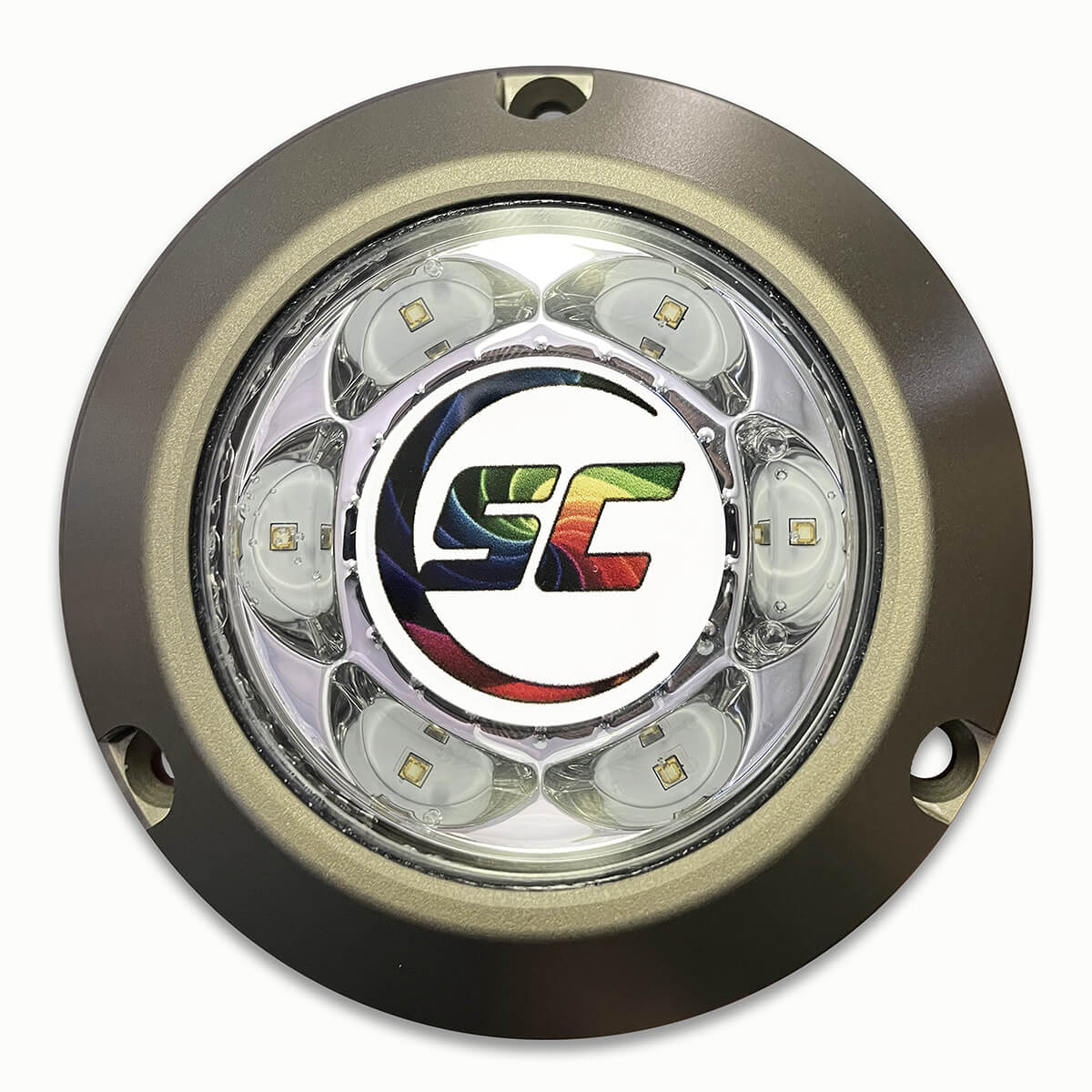

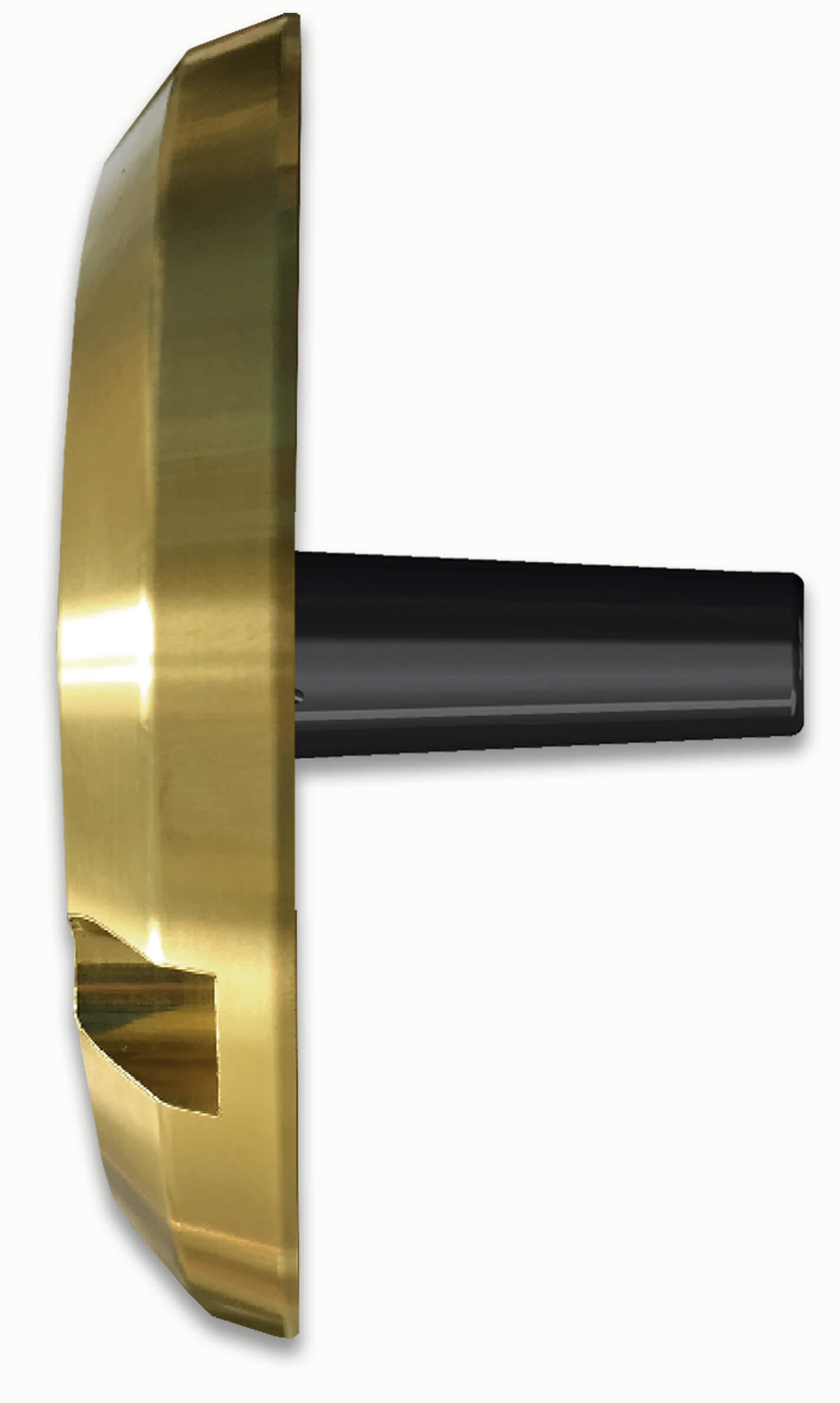
ABOUT THE AUTHOR
Brian Rogers has 25-plus years of experience in optical-electrical design. He obtained his BS in EE from the University of Central Florida and spent 15 years in product development before co-founding Shadow-Caster. Rogers chaired the NMEA 2000 Lighting Standard PGN development team and uses these PGNs today in Shadow-Caster products. Most weekends he cruises the Gulf with his family.
Photos courtesy of Shadow-Caster

